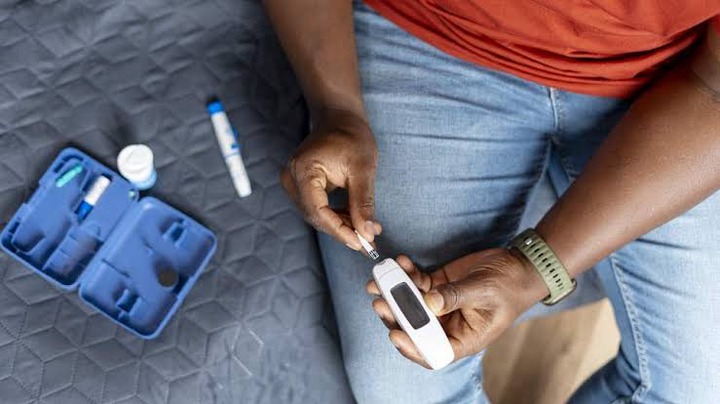
Diabetes is a condition that happens when your blood sugar (glucose) is too high. It develops when your pancreas doesn’t make enough insulin or any at all, or when your body isn’t responding to the effects of insulin properly. Diabetes can affect many parts of your body, including your skin. When diabetes affects the skin, it could mean that:
- You have undiagnosed diabetes or pre-diabetes.
- Your treatment for diabetes needs to be adjusted.
It’s time to talk with your doctor if you notice any of these warning signs on your skin.
1. Shin spots
2. Darker area of skin that feels like velvet
3. Hard, thickening skin
4. Open sores and wounds
5. Outbreak of small bumps
Uncontrolled diabetes can cause extremely high levels of triglycerides, a type of fat that circulates in the blood. If this happens, you can develop a skin condition called eruptive xanthomatosis. After the bumps appear, they soon develop a yellowish color in lighter skin tones. If you have a darker skin tone, you may see a grayish color with a yellowish hue beneath. You’ll usually find these bumps on the buttocks, thighs, crooks of the elbows, or knees. They can form anywhere though. No matter where they form, they are usually tender and itchy.
Once the diabetes is well-controlled, the bumps tend to go away.
6. Yellowish, smooth bumps or patch(es) on and around your eyelids
Regardless of your skin tone, these bumps and patches look yellowish or yellowish orange in color.
7. Infections
8. Skin tags
While skin tags can develop anywhere on the skin, they are most common on the eyelids, neck, armpit, and groin.
9. Cluster of small bumps or a raised patch
10. Yellow, reddish, brown, or purplish patches on your skin
When this condition begins, you’ll often see one or a few reddish-brown spots on your shins if you have a lighter skin tone. People with darker skin tones often see purplish spots. These spots aren’t itchy or painful. The medical name for this condition is necrobiosis lipoidica.
